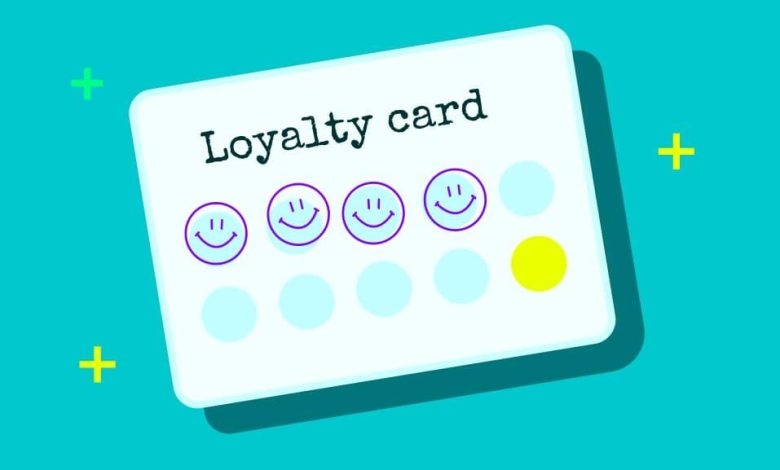
In an era where travel has become more accessible and diverse than ever before, the emergence of loyalty programs by airlines, hotels, and travel companies has significantly shaped consumer behavior. These programs, designed to reward frequent travelers with perks such as discounted fares, upgrades, and exclusive access, have become a staple in the travel industry. However, as travelers increasingly find themselves navigating the intricate web of points, miles, and membership tiers, a pertinent question arises: Do loyalty programs inadvertently constrain the spontaneity that often characterizes the joy of travel? This article delves into the mechanisms of loyalty programs, examining how they influence travel decisions and assessing whether their benefits outweigh potential limitations on impulsive travel experiences. By exploring both the advantages and potential drawbacks, this analysis seeks to provide a comprehensive understanding of the impact of loyalty programs on the modern traveler’s freedom and flexibility.
Impact of Loyalty Programs on Traveler Flexibility
In today’s travel landscape, loyalty programs have become a staple for frequent travelers, offering a plethora of benefits like free flights, upgrades, and exclusive experiences. However, these programs often come with a set of rules that might inadvertently curb a traveler’s ability to be spontaneous. Loyalty programs typically require advance planning to maximize points and benefits, such as booking specific flights or hotels well ahead of time. This necessity to strategize can reduce the freedom to embark on impromptu adventures.
- Advance Booking Requirements: Many loyalty programs necessitate booking flights or accommodations in advance to avail of the best deals, which can hinder last-minute travel plans.
- Restricted Options: Travelers might find themselves limited to certain airlines or hotel chains to maintain or upgrade their status, reducing the variety of choices available for spontaneous trips.
- Point Maximization: The desire to accumulate and effectively use points can lead travelers to plan trips around loyalty program benefits rather than personal interest or convenience.
While these programs offer significant perks, the trade-off often comes at the cost of flexibility. Travelers seeking to balance the benefits of loyalty programs with the freedom of unplanned travel may need to carefully consider how they engage with these incentives.

Analyzing Restrictions Imposed by Loyalty Schemes
- Points and Tiers: Loyalty schemes often require travelers to accumulate points to access rewards. While this incentivizes frequent use of a particular airline or hotel chain, it can inadvertently restrict spontaneity. Travelers may feel compelled to choose destinations based on where they can earn or redeem points, rather than exploring new, unplanned locations. This tiered system can subtly steer choices, encouraging loyalty over flexibility.
- Blackout Dates and Limited Availability: Many loyalty programs impose blackout dates or limit reward availability during peak travel times. This can deter last-minute travel plans, as travelers might find their desired dates unavailable for points redemption. Consequently, spontaneous trips can become more challenging to arrange, as the appeal of utilizing accrued points competes with the reality of restricted access.
- Behavioral Conditioning: Over time, loyalty programs can condition travelers to prioritize point accumulation over exploring alternative options. This behavior can lead to a more predictable travel pattern, where decisions are influenced by program benefits rather than personal curiosity or whim. The resulting shift in travel habits underscores the subtle yet impactful constraints these programs can impose on the spirit of adventure.

Understanding Traveler Behavior in Loyalty-Driven Contexts
In the realm of loyalty-driven travel, understanding the behavior of travelers is crucial for both airlines and hospitality providers. Loyalty programs often incentivize customers to stick to a particular brand, promising rewards that can significantly influence travel decisions. However, these programs may inadvertently constrain spontaneity. Travelers enrolled in loyalty schemes might prioritize accumulating points or redeeming rewards, potentially leading to a more calculated approach to travel planning.
Several factors can affect this behavior, including:
- Point Redemption Opportunities: The availability of redeemable options can steer travelers toward specific destinations or dates.
- Tier Status Maintenance: The desire to maintain or upgrade tier status can influence frequent travel, often to the same destinations.
- Exclusive Offers and Promotions: Special deals for loyalty members may discourage exploring non-affiliated brands or spontaneous getaways.
Thus, while loyalty programs provide a framework for rewarding repeat customers, they may also impose subtle limitations on the freedom to travel spontaneously, shaping a more predictable pattern of consumer behavior.

Strategies for Balancing Loyalty Benefits with Spontaneity
Balancing the allure of loyalty program benefits with the desire for spontaneous travel can be a challenge, yet it’s entirely feasible with the right strategies. One approach is to diversify your loyalty memberships. Instead of tying yourself to a single airline or hotel chain, consider joining multiple programs. This way, you can enjoy a variety of benefits across different service providers, giving you the flexibility to choose the best option available at the last minute.
Another effective strategy is to prioritize flexible booking options within your loyalty programs. Many programs offer perks like free cancellations or changes, allowing you to maintain spontaneity without sacrificing your hard-earned points. Additionally, keep an eye on flash sales and promotions. These often present opportunities to use your loyalty benefits for impromptu trips at reduced rates. By leveraging these strategies, you can strike a harmonious balance between reaping loyalty rewards and enjoying the thrill of spontaneous travel adventures.



